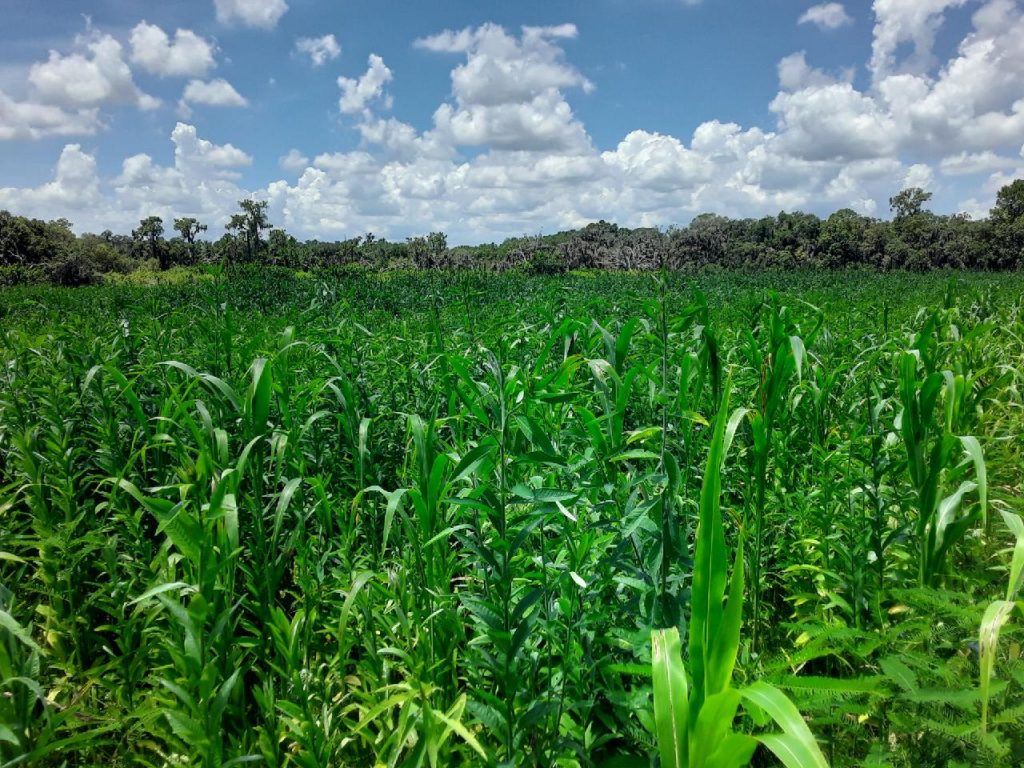
By Clint Thompson
Cover crops are widely used in Florida strawberries, not as much so in vegetable production, however. Johan Desaeger, Assistant Professor of Entomology and Nematology at the University of Florida (UF) Gulf Coast Research and Education Center, would like to see that changed.
“I think it’s something that would benefit a lot of crops here in Florida. Our soils are so sandy, not a lot of organic matter and having a cover crop in your rotation regularly is not just going to help you manage nematodes if you pick the right one but also improve your soil,” Desaeger said. “Quite a bit of strawberry growers do it because they have that whole summer season. Strawberries are done here by March or April. Then they have the whole summer where they have time to put in a cover crop.
“I see it less common with the vegetable growers. They’ve got two seasons, spring and fall. You only have a narrow window to get a cover crop in there.”
Cover Crop Benefits
According to UF/IFAS, cover crops provide various benefits for producers. It controls weeds that compete for nutrients and water; prevents soil erosion caused by rain and winds; helps retain and harvests residual nutrients that would be leached during the offseason; reduces harmful nematode populations; and provides a habitat for beneficial insects.
If there are many benefits to the process, why don’t more growers implement the program? Desaeger said it revolves around time management.
“It’s extra work. You’ve got to get your land prepared. You’ve got to plant that cover crop. Depending on the time of the year you may want to irrigate it to get it established properly,” he added. “It is extra work and for some growers, time is of the essence. They just don’t have the time to put it in.”
Annual summer cover crops in Florida include cowpeas and sunhemp.









